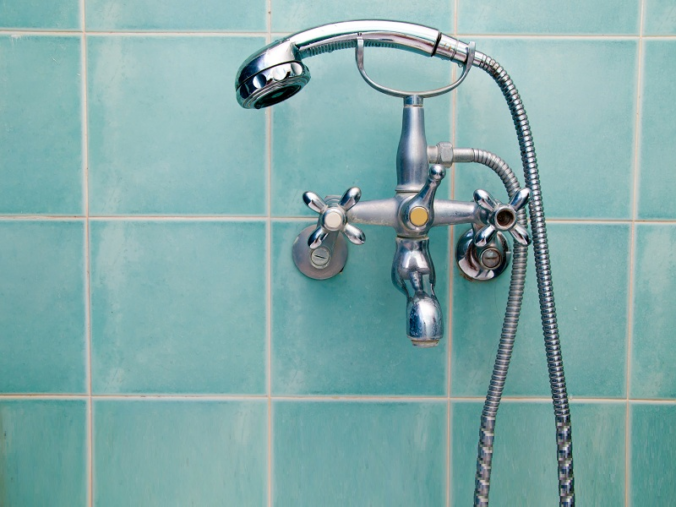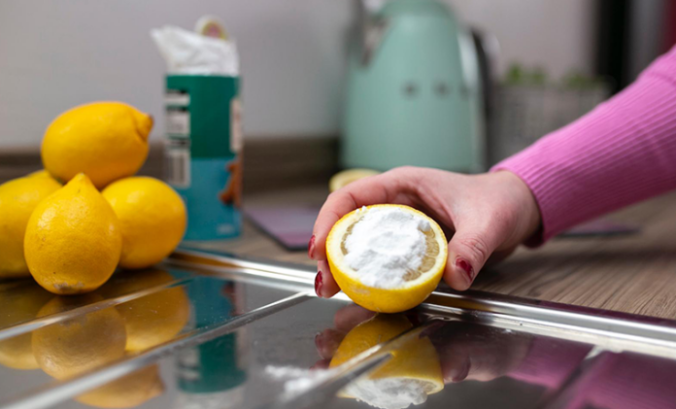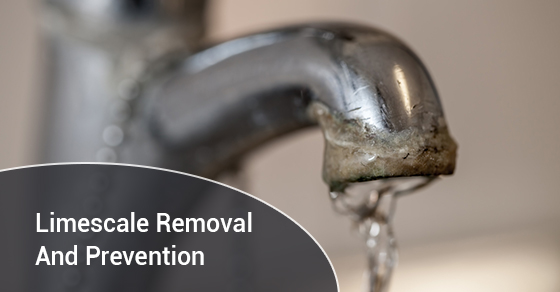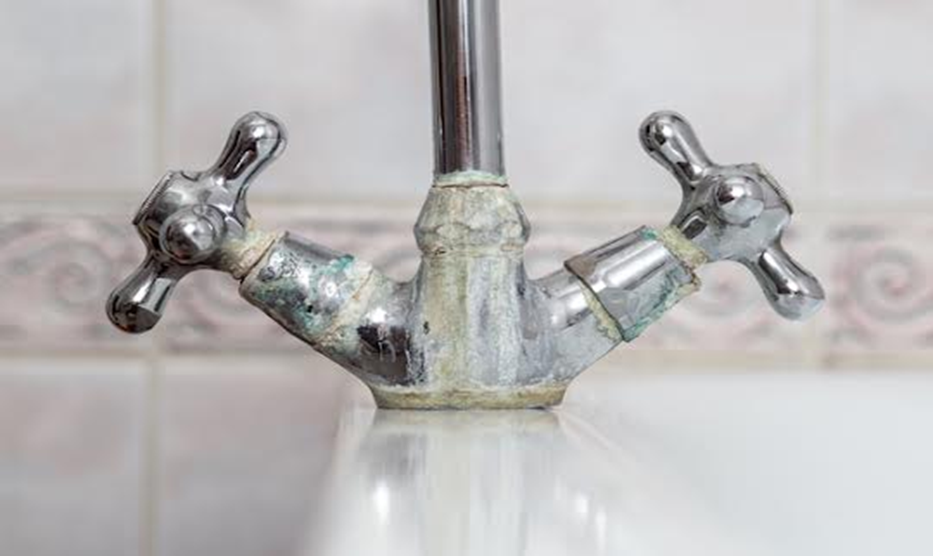
As an interior designer, I’ve seen some very bizarre bathroom tiles configurations. I’ve seen bathrooms that date all the way back to the 1960s, replete with wall-to-wall carpeting — is there anything more revolting? I’ve seen restrooms that are unbelievably tiny, where you can shower, brush your teeth, and do your business all at the same time.
I saw one of the oldest bathrooms erected inside a home when I visited the majestic Como House in South Yarra; it was extremely gorgeous and intriguing. I’ve seen everything from pastel-colored pedestal basins from the 1930s to bright orange bathroom tiles from the 1970s, blue toilets from the 1980s, and dolphin border tiles from the 1990s. And, of course, the yawn-inducing ‘timeless’ beige on beige huge format bathroom tiles from the aughts.
Bathrooms are among the most costly rooms in the home, and like everything else, they will always have the imprint of the era in which they were designed. As new goods enter the market, from water-efficient faucets to Japanese toilets, my advice is to abandon the concept of ‘timelessness.’ You may end up in an utterly dull place. Immerse yourself in the present moment and embrace beautiful new goods and concepts for what bathroom tiles may be. Consider the emotional effect you want the area to have on you.
If you’re renovating or building a bathroom, here are some current trends and our predictions for the future of bathrooms.
Consider Space
The basic bathroom has seen significant evolution throughout the years. Not only has the ‘style’ changed, but so has the quantity of restrooms and their location. The bathroom has evolved into a space dedicated to enhancing the everyday routine of bathing – a place to unwind.
Sculptural freestanding bathroom tiles may be added into master suites to create an atmosphere reminiscent of a day spa. The concept of bringing the ensuite into the bedroom is not new, and when executed well, gives a luxurious ‘hotel’ atmosphere in the house. However, I’d advise you to think if this kind of stuff is really appropriate for your daily life. I’ve observed bathrooms where all that separates the toilet from the bedside table is a transparent glass wall. This, my friends, is the end of romance.
Rather than that, approach the bathroom as a separate area inside the home, as Alexander Design did with their Los Angeles project (pictured above). This expansive bathroom exemplifies how extraordinary an unorthodox bathroom can be when handled nearly like a living place. Additionally, it omits a single tile in favor of the building’s basic materials.
Another example is Hecker Guthrie’s outstanding design of a bathroom and master bedroom that has a glass wall and an important curtain (the toilet is hidden!). The space layout of this kind of bathroom is critical.
Add Color Before you panic, we’re not talking about neon hues. However, rather than having neutral bathroom tiles that are similar to your neighbors’ try bringing your own individuality into the space via the use of color — the impact is immediate.
The term ‘trend’ suggests that a concept is popular; nevertheless, utilizing color in bathrooms is virtually an ‘anti-trend’ in Australia, where so many of us are terrified of it.
If you’re considering giving this a try, there are some incredibly stunning tiles on the market; the difficult part will be picking. Utilize bathroom tiles on every wall and avoid the ‘feature wall,’ since a space with too many varied surfaces might seem unnecessarily complex. Studio Ezra makes excellent use of lovely colors in its designs. Take notice of how they maintain a consistent color scheme across the walls and even the flooring. The fewer materials employed, the more tranquilizing the area feels.
A vanity basin is an excellent way to add color to the bathroom. Anyone who attended the Milan Furniture Fair saw vanity basins in a variety of colors, including soft green and blue, as well as a neutral palette. You may see a selection at Design Precinct and Roger Seller; I assure you, they do not appear as insane as they sound.

Vanity on a Floating Base
Our bathroom tiles should feel clean, light, and uncluttered. A floating vanity affixed to the wall enables the flooring to stretch all the way to the back wall, creating an illusion of space.
Are you prepared to sacrifice a few storage shelves (‘does it ignite joy?’) in order to get this floating sensation!?
Naturals in their natural state
Nothing compares to original materials. This refers to genuine marble, stone, and wood – not to counterfeit marble or wood-look porcelain bathroom tiles.
Natural materials’ inherent beauty will influence us to pick them even if they need a greater degree of upkeep and consume a significant portion of our cash.
Luxurious natural stone offers an infinite number of design possibilities in the bathroom, and we see it employed in many ways. From a solid stone basin to marble tapware, it seems as if the stone is more than a passing fad.
Large slabs of marble may be used to cover whole showers or as a vanity top to add a sense of luxury – just remember to keep the Shower Power away.
Experiment with Pattern
It’s been incredible to see the emergence of patterns in bathroom tiles in recent years. Patterned bathroom tiles breathe life into a place and give an abundance of individuality. Cement encaustic tiles are available in a variety of designs, ranging from elaborate patterns to stark geometric patterns.
Additionally, we are seeing beautifully patterned wallpaper utilized in powder rooms. These little areas may be filled with a vibrant pattern, providing a delightful surprise for passing visitors.
Black Steel Makes Its Presence Known
Simply put, we are obsessed with black fine steel profiles.
For a while, frameless shower screens were considered the pinnacle of bathroom style. However, we’re completely captivated now that the black steel frame has arrived.
On vanities (when not wall-mounted), you’ll discover black steel legs or black steel framing mirrors. When paired with matte black faucets, you’ll never look back!






